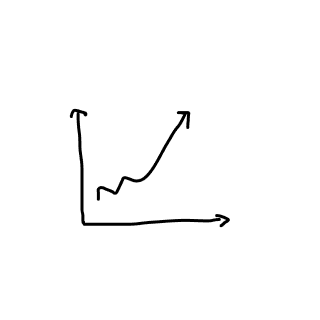Growth Design [1/4]
Nov 4, 2024

Namastey! As the designer in me evolves, I am beginning to understand a lot of new terms as the design landscape is rapidly changing, one of them is Growth Design and I decided to dig a little more deep and thought, I could start writing about my journey of learning this relatively new term. I am going to break this journey into mini posts which can help you learn along with me.
So what is Growth design? I feel the name is self explanatory in itself as it has “Growth” in it, but there’s lot more to it. It has more of strategy to begin with and a little less of design at the start.
While I am not a Growth designer (Yet) I feel, I have worked mostly on concepts which are quite early stage, and I saw a lot of strategy and hypothesis formation which would later be tested out in the market. That marks the first step of being a Growth designer. Forming hypotheses about ideas you want to build and test upon.
Let’s focus on the first step for this post.
How to form an Hypotheisis?
It is essential to be goal oriented when you begin to design a particular flow. One could start by asking questions like
What is the goal of the flow?
What is the business goal? is it Customer acquisition? Is it Customer retention? Is it Revenue growth?
What is the impact? (As that is the prime focus) Growth team strive for impact.
Once you have formed your hypotheses, the next step is Priorities. Chances are you have a bunch of hypotheses you want to build upon and test on, but everything cannot have the number one priority (It can still be kept in your product parking lot)
How to Prioritise?
While there are bunch of prioritisation methods available to help you set your product priorities straight, it is important to evaluate the method before using it as a particular method might overlook some steps for example, the impact effort matrix often gives a shallow overview of what’s important and what isn’t and it overlooks dev effort, where as KANO model (focusses on customer preferences and implementation value) and RICE method (reach, impact, confidence, and effort) offer much more in-depth overview. These methods are directly related to one thing which is impact.
So, to conclude for this small post, we now know how to get started with Growth design and include it in our design practises and start to be the designer who gets business. ;)
More to come in the future posts about the 2nd step i.e. Investigate.
If you’re a founder or a designer or a product designer who found this helpful, don’t be a stranger and come say a hi at Akanksha Biswas